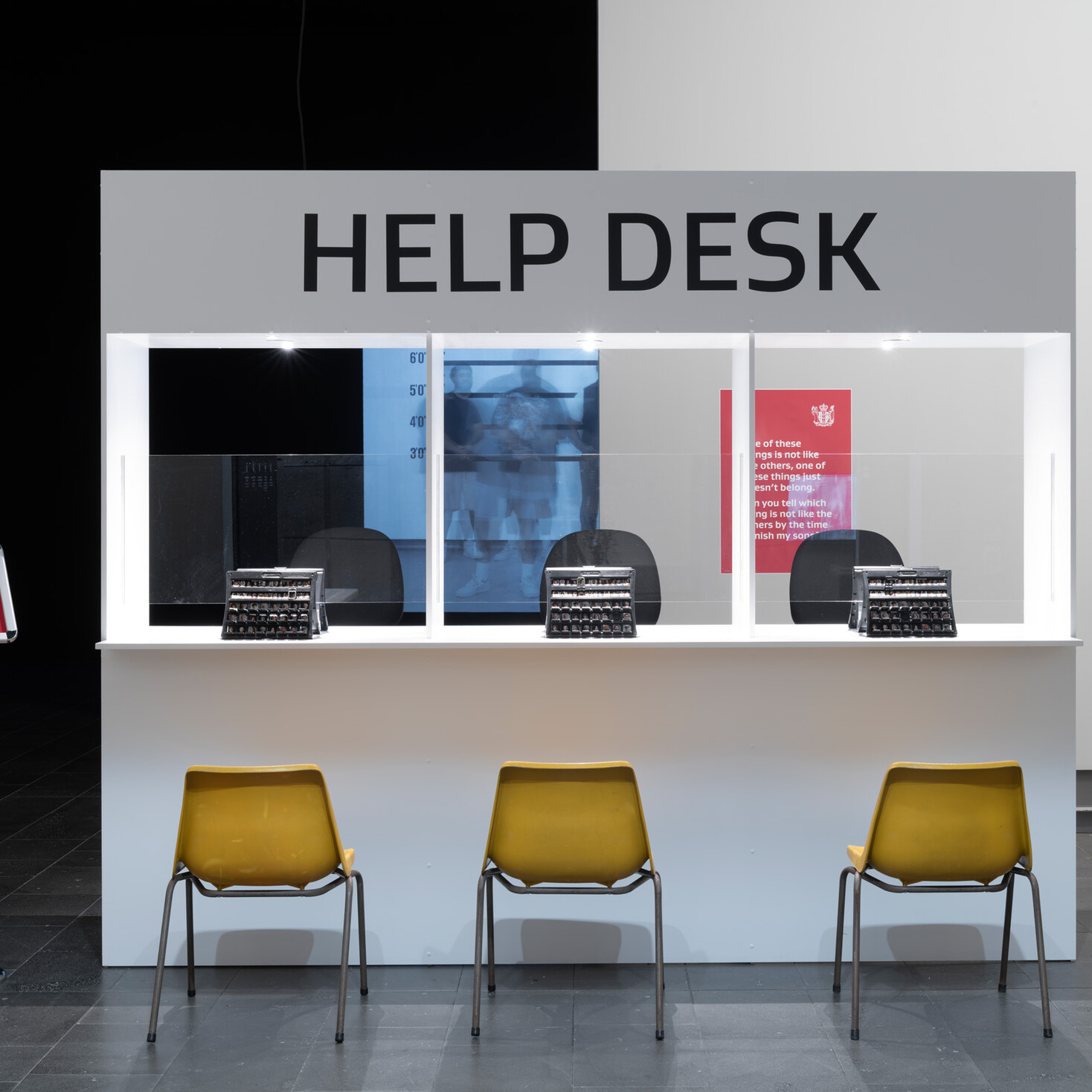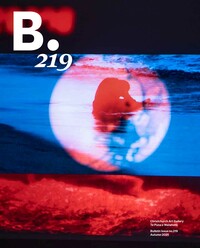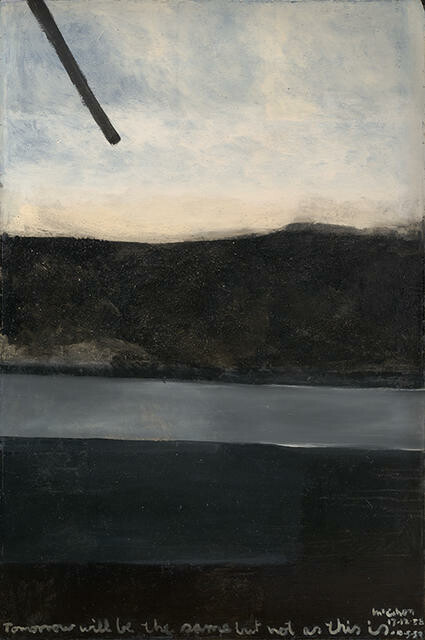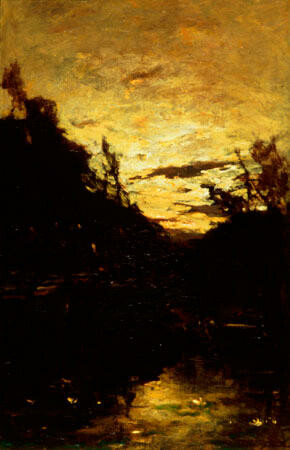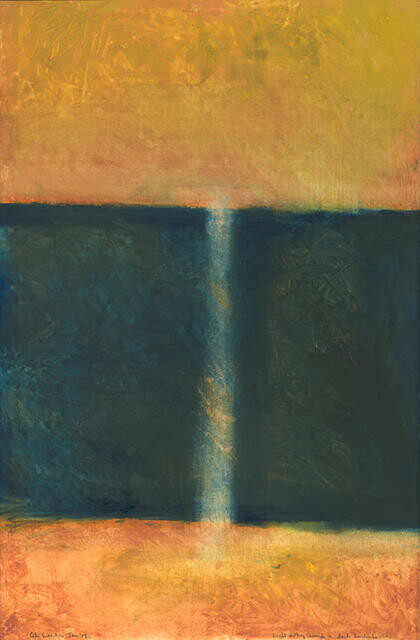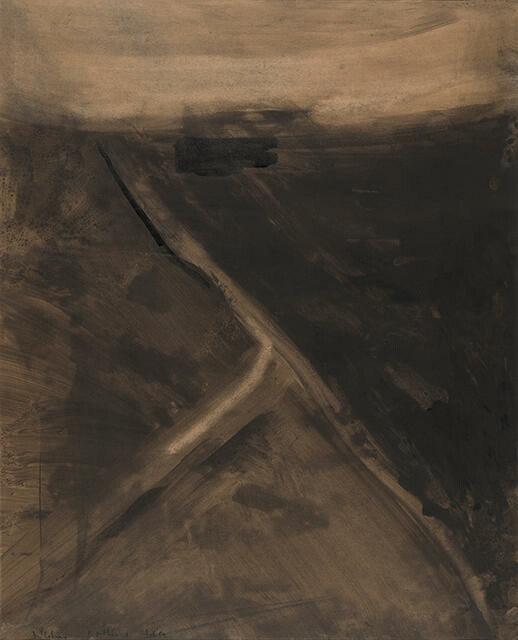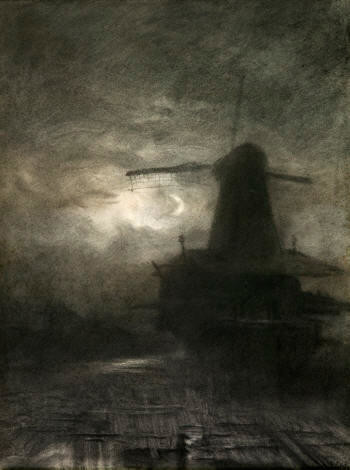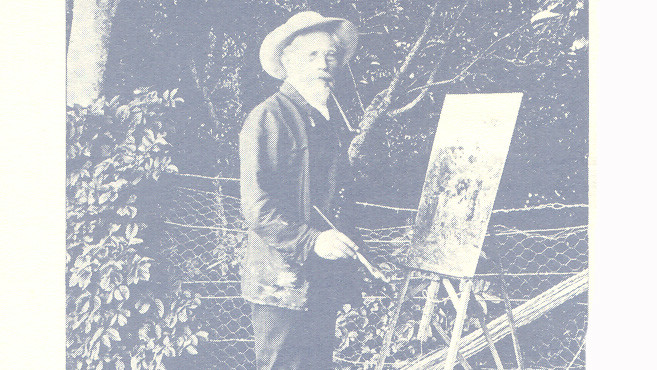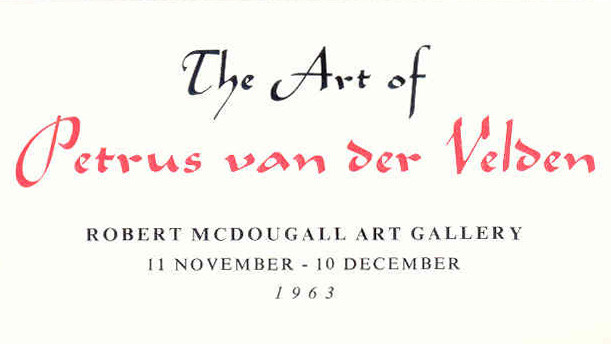What’s On
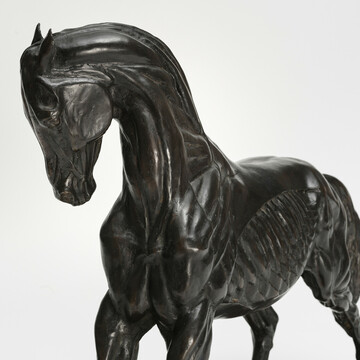
Dear Shurrie
The art, influence and friendships of sculptor and teacher Francis Shurrock
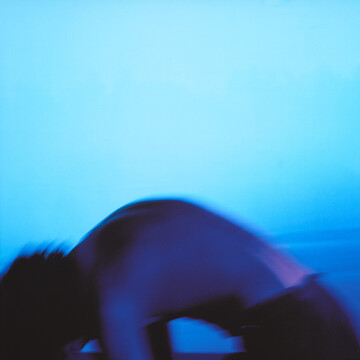
He Kapuka Oneone – A Handful of Soil
Exploring the relationship between tākata and whenua – people and land – through Aotearoa New Zealand’s art history.
Open 7 days, 10am - 5pm
Late night Wednesday until 9pm
Free entry, free wifi

